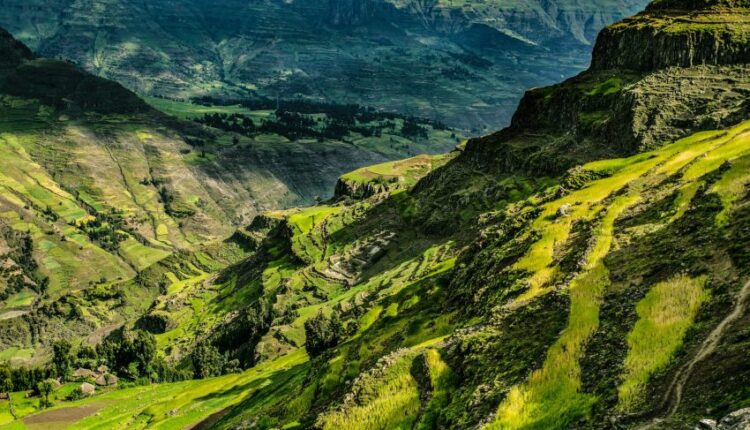Lessons From Ethiopian Coffee Landscapes for Global Conservation in a Post-Wild World
The Ethiopian coffee landscape, home to Coffea arabica, is a significant global resource with genetic resources in sparse montane forests. This cultural context sustains the livelihoods of millions of people, and the long-term conservation of the least managed parts depends on connectivity across the entire agroecological landscape. Biodiversity conservation is important along the entire management gradient present within the landscape.
Coffee populations of largest genetic variation are threatened by climate change, and there is a need for more knowledge on the extent beneficial biodiversity contributes to maintaining productivity at intermediate levels of management. The social-ecological context is crucial for understanding all conservation implications and balancing what works best for a broad range of stakeholders in the long term.
These challenges cannot be ignored, as most of the world’s landscapes are modified by humans and de facto managed for multifunctionality. Accepting the ubiquitous presence of human impact and ongoing natural or anthropogenic changes in nature implies a need for active policies and management that could create a rich biodiversity not only in remote protected areas but across entire landscapes and regions.
Read More @ Nature
Source: Coffee Talk



